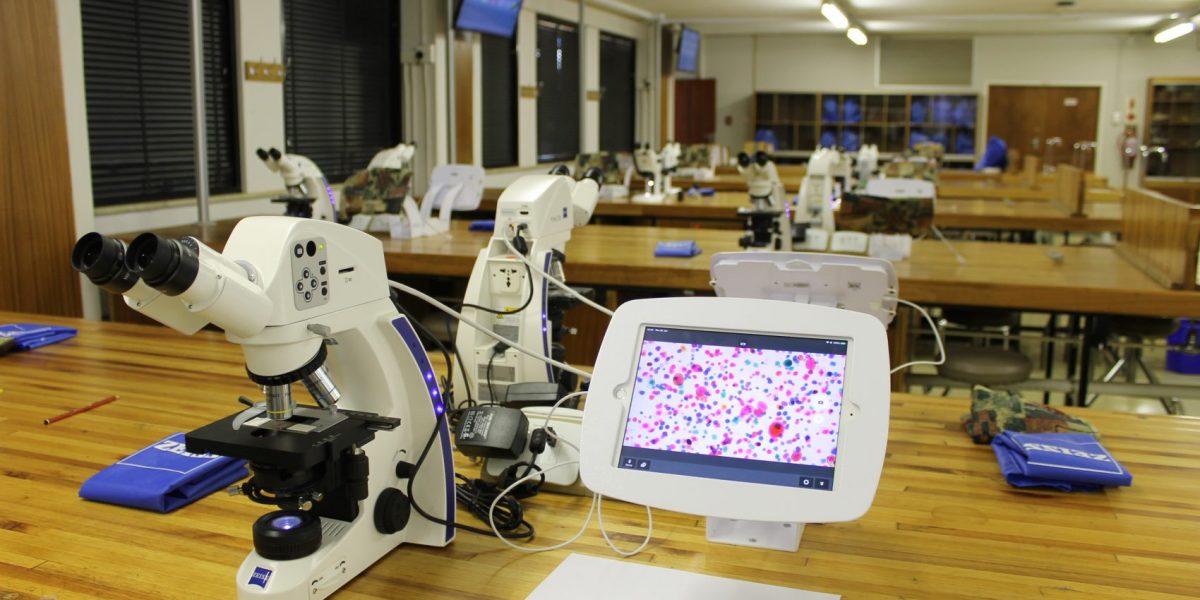Teboho Moja, New York University
Private-public partnerships have become a common strategy for countries all over the world to meet their development goals. In the global north, these partnerships – which bring capital and expertise together – tend to focus on developing infrastructure. That includes energy, ports, rail and fibre networks.
Such partnerships have also benefited some sectors of society in African countries and elsewhere in the global south.
In Africa’s education sector, public-private partnerships have been largely limited to infrastructure developments and the provision of education. It’s time for the continent’s higher education sector to develop its own partnership models that deal with a different currency: knowledge. Public-private partnerships should centre on the production, transfer and use of knowledge for social and economic development.
First, the sector must interrogate why strategic public-partnerships are important. What are the advantages? Who benefits? And, are there accrued benefits for those beyond the partners involved?
It’s also vital to examine partnerships that already exist. Their successes and failures must be interrogated. There is good work being done on the continent. Now the success stories must combine their efforts for greater impact.
The mechanics
Ideally, public-private partnerships in the higher education sector should involve a combination of several actors: the private sector, academic researchers and governments. Other scientific resources, such as science granting councils, have a role to play, too. The National Research Foundation in Southern Africa, National Council for Science and Technology in Eastern Africa, and Programme d’Appui Stratégique à la Recherche Scientifique in Côte d’Ivoire are examples of such councils.
Higher education institutions and research groups must explore and create opportunities to connect researchers. This will allow them to establish collaborative projects with other scientists throughout the continent.
They must also support opportunities and activities that would link researchers with projects at national laboratories and research centres run by governments and the private sector. This would allow experts and leaders from academia, government agencies and national organisations to contribute knowledge to inform transformative science and policies.
At the same time, we cannot ignore the fact that partnerships’ power relations and dynamics must be carefully managed to ensure equal benefit for, for instance, those from the global south and those from the global north.
Who benefits, and how
Academic researchers, including students, get exposure by getting involved in real and immediately relevant research. Private sector researchers are supported with an up to date base of literature to inform their work. This knowledge and skills exchange is beneficial for both parties. Of course, it also benefits governments and nations more broadly by producing solutions to problems or challenges.
International and regional academic partnerships have become the “overriding paradigm” for international development cooperation and policy. As a result, the partners stand to benefit through connecting with global networks and learning from each other.
In addition, African perspectives and those from other parts of the developing world would be included to inform global issues. We live in an interconnected world. Problems and solutions should be addressed together, rather than from one perspective.
Learning lessons
As I have said, there are already networks and partnerships that involve public and private organisations in the research space, and from which lessons can be drawn and models developed.
A few examples include the Global University Network, which consists of 4 500 research institutions across 160 countries; the Social Aspects of HIV/AIDS Research Alliance in South Africa; and the US-based Improvement Science Research Network.
Governments can also be drawn into existing and new partnerships. They could either act as partners, or offer links to researchers through existing bilateral or multilateral agreements in other sectors.
These links can used to create continent-to-continent partnerships; continent-to-country partnerships; partnerships on demand based on regional requests and requirements; and organisational partnerships. This mimics the partnership structures already prioritised by the African Union.
This article is based on the author’s keynote address at the Annual Forum and Global Research Council Africa Regional Meeting in Côte d’Ivoire during November 2018.![]()
Teboho Moja, Professor, New York University
This article is republished from The Conversation under a Creative Commons license. Read the original article.

